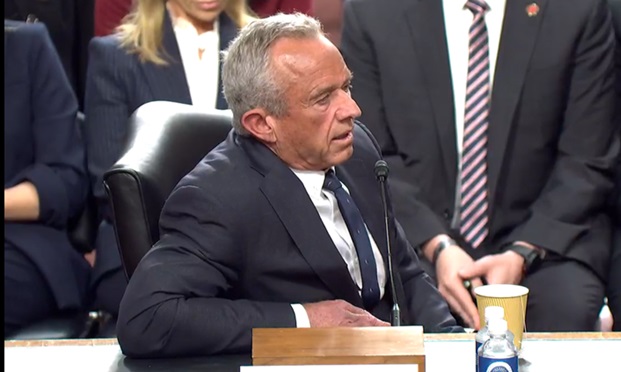After medical and recreational marijuana was legalized in Washington, it’s not surprising to learn that the use of the substance is on the rise in the Evergreen State. And so is the potential for “cannabis use disorder” -- i.e., addiction, which can exacerbate depression and anxiety, according to a study by Kaiser Permanente researchers in Seattle.
About one in seven adult primary care patients visiting medical offices in Washington reported having used marijuana at least once in the past year, according to an analysis of 22,000 patient records by researchers at the Washington Health Research Institute, whose findings were published in the Journal of the American Board of Family Medicine.
In young adults, that rate was higher: nearly two in five. Young adults — especially men age 18-29 who had depression or used tobacco — were also much more likely than others to use marijuana every day.
“Some groups of patients are more likely to use cannabis daily and be at higher risk for complications such as cannabis use disorder — as well as some harms that are not yet completely understood,” Kaiser research associate Gwen T. Lapham writes on Kaiser blog post.
In recent years, the concentration of tetrahydrocannabinol, or THC, the main psychoactive and addictive component, has increased in cannabis plants from 3 percent to 12 percent, Dr. Lapham says. And new products — like concentrated hash oil and synthetic cannabinoids — are raising the potency and risk for addiction.
Among patients who reported using marijuana, about half used it at least monthly — and about one in five used it daily, the researchers found. From a quarter to half of people who use daily are estimated to develop a cannabis use disorder, where patients can’t cut down on their use despite accumulating use-related problems.
“Widespread daily use in young men with depression is concerning, because using cannabis can worsen depression and anxiety,” Dr. Lapham writes.
Doctors should routinely ask their patients during medical visits about the use of marijuana as part of “whole-person care” – and then start a dialogue with them, writes the study’s principal investigator, Katharine A. Bradley, a senior investigator at KPWHRI and internal medicine physician with Washington Permanente Medical Group.
“Our findings highlight the need for primary care clinicians to be aware of the benefits and harms that patients may be experiencing due to their cannabis use — and initiating a conversation is only the start in that process,” Dr. Bradley writes.
These conversations can help providers assess the intensity of patients’ use, perceived risks and benefits and reasons why patients are using marijuana, for instance possibly for symptoms of a treatable condition.
Such conversations will most likely increase, considering the number of users is projected to grow during the next decade as more states legalize the use of recreational marijuana, particularly for recreational use, the researchers add.
© Touchpoint Markets, All Rights Reserved. Request academic re-use from www.copyright.com. All other uses, submit a request to [email protected]. For more inforrmation visit Asset & Logo Licensing.







